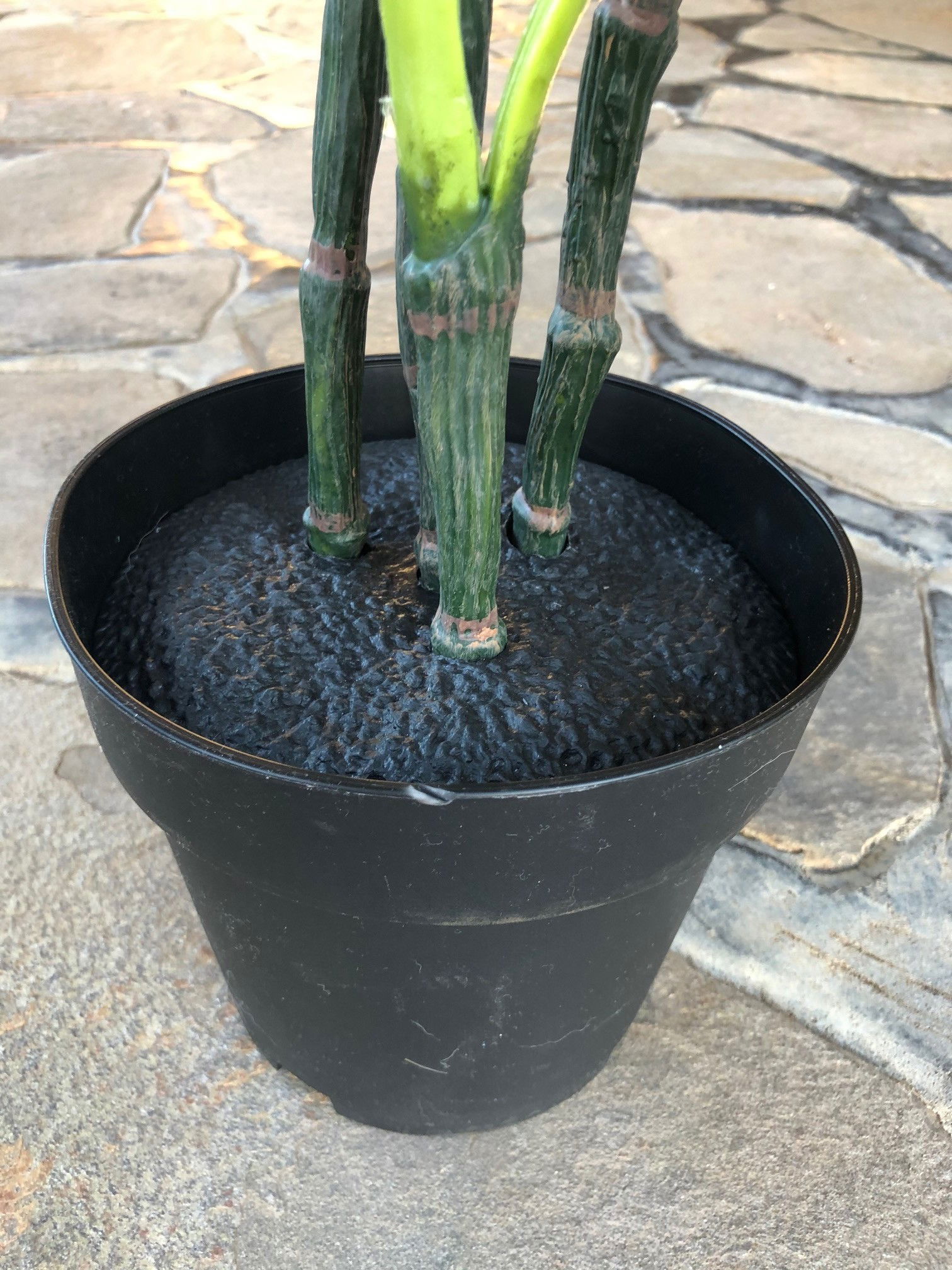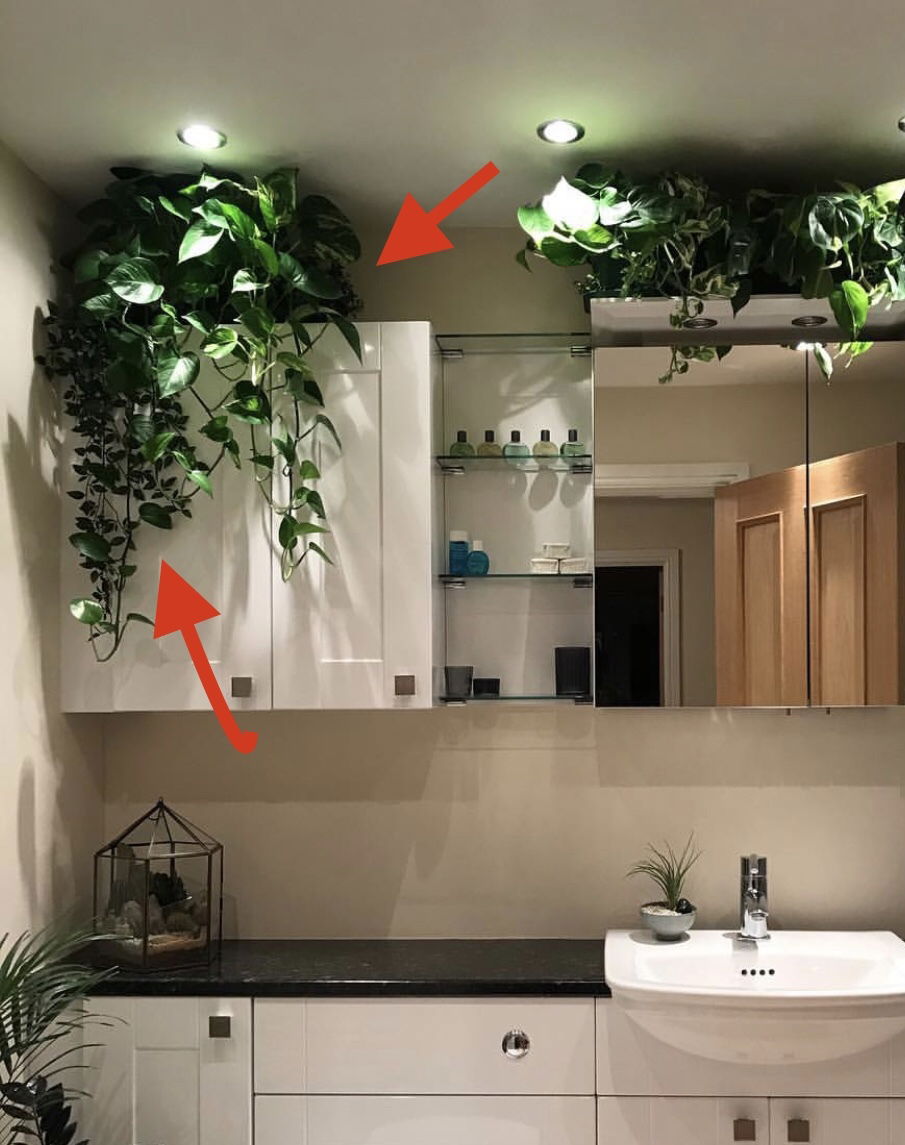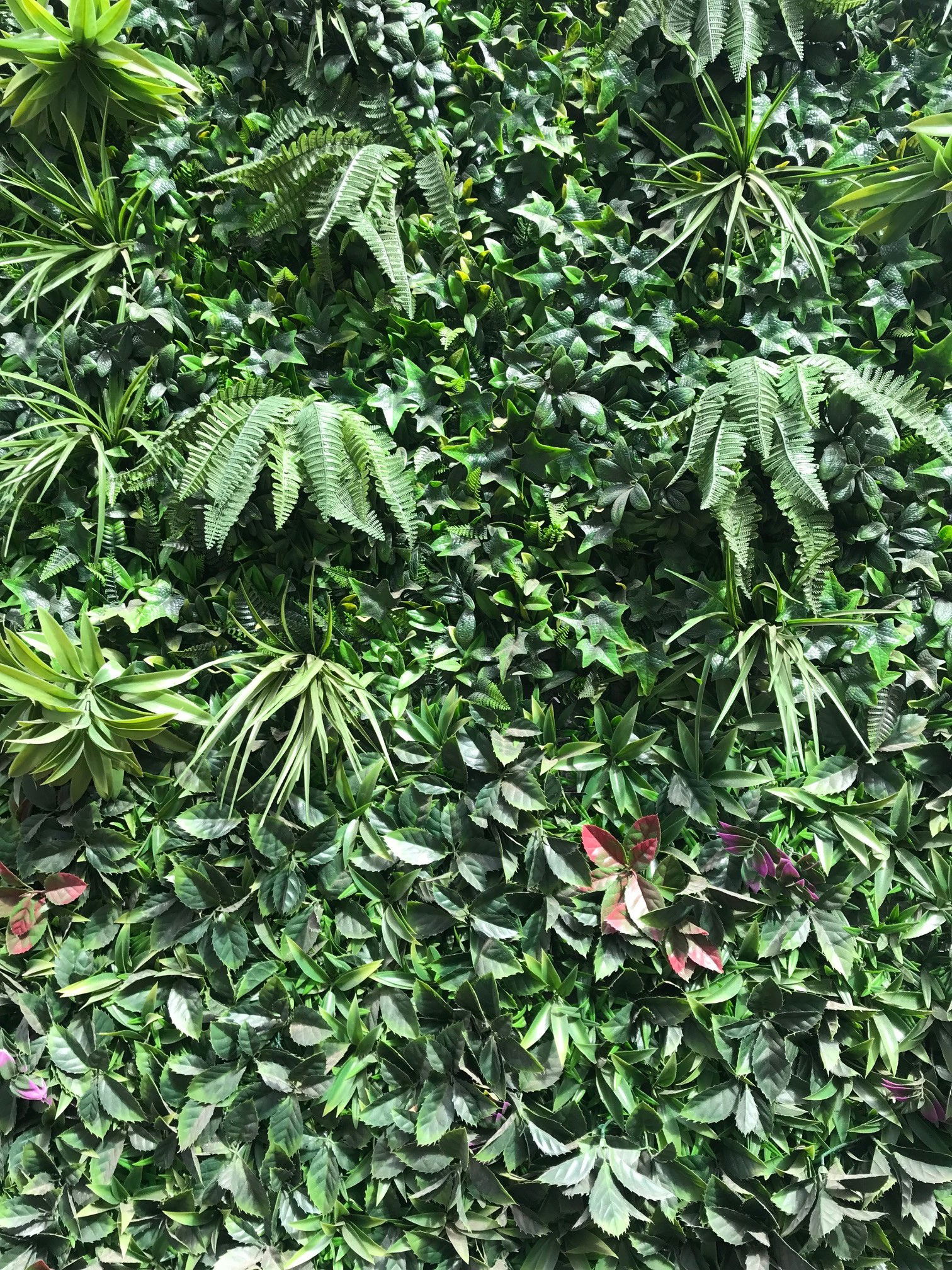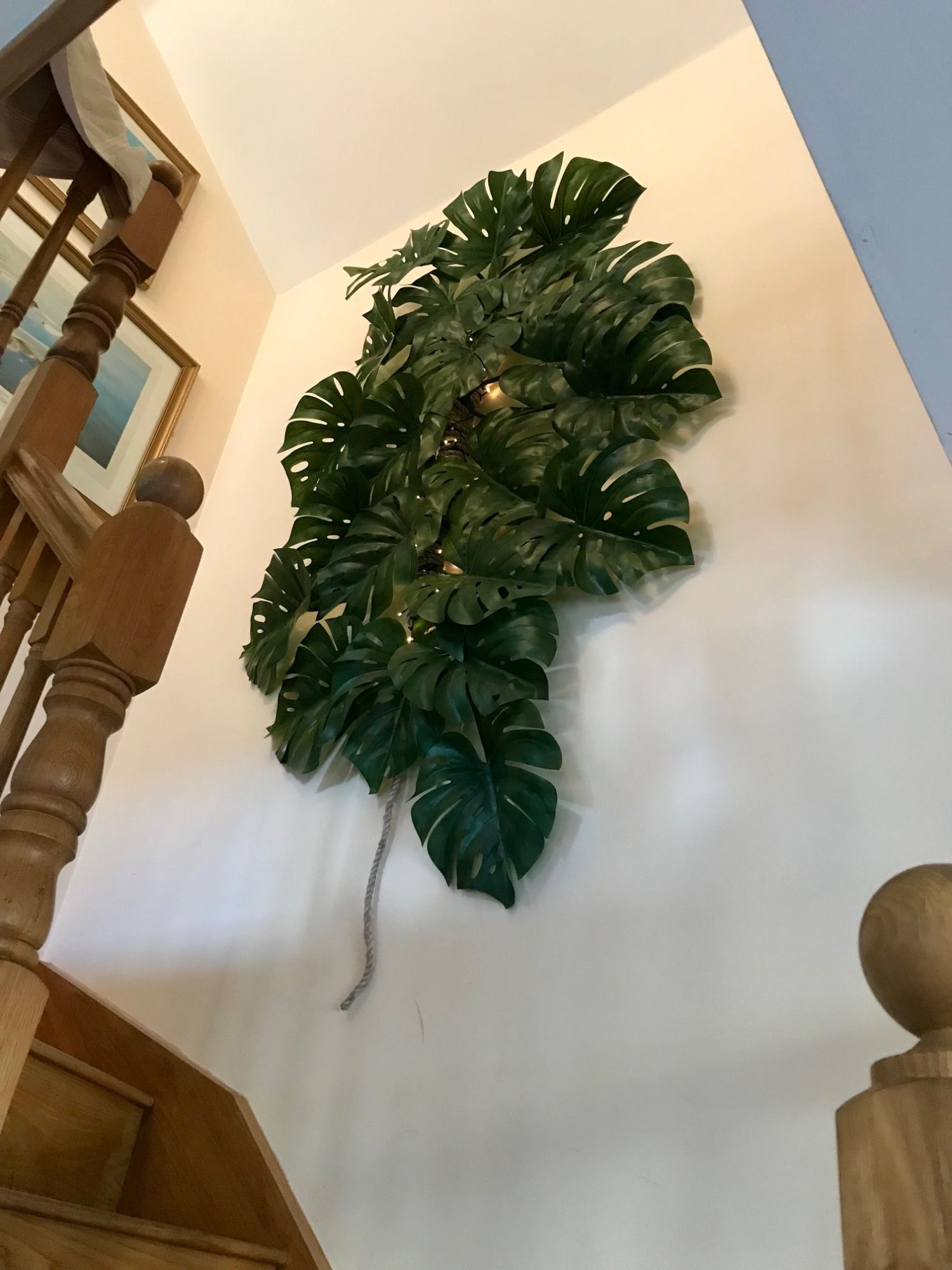Contents
- Finding the Balance Between Real & Fake Plants
- Where to Find Them
Need the answer to a specific real-life plant query? Book a 1-to-1 video call with Joe Bagley, the website's friendly author, to overcome and address your niggling problem! Available on iMessage, WhatsApp, Facebook Messenger & more.
1. Finding the Balance Between Real & Fake Plants
With the recent movement of single-use plastics, reusing or buying longer-lasting items is paramount for the reduction of oceanic pollution. Putting aside people's opinions against synthetic plants, knowing where and how to model them is a fantastic way to improve the tropical attire to your interior. This section will discuss the different ways to get the most out of the plastic alternatives, along with efficiently integrating them with real specimens.
Dark Areas
Although there are many houseplants for shady corners on the current market, some areas are just too dark for living beings. Plastic alternatives will not only look more realistic in lower light settings, but they'll also save the stress of balancing dehydration with over-watering, associated with plants in poor lighting.
 Fake plants will generally have a better attire alongside real specimens or in darker locations...
Fake plants will generally have a better attire alongside real specimens or in darker locations...
Combining the Two
If you're longing for a tropical interior with several plants in each room, you may want to integrate the two types together. Not only will it allow the fakes to blend in, but it'll also reduce the workload of horticultural care.
 Most 'soils' of synthetic products will look naff, so try adding some dried compost or pebbles to the top layer to improve its overall appearance.
Most 'soils' of synthetic products will look naff, so try adding some dried compost or pebbles to the top layer to improve its overall appearance.
Placing large fake specimens above smaller real plants will protect them from the direct sunlight. Although it won't entirely remove the sun's intensity, a vast majority of the rays will be shrugged off.
They can also hide plant pots or other nooks and crannies that'll ruin the 'jungle' display, too. Looking at the image below, we've placed a few £6 IKEA plants sideways to reduce the view of the Devil Ivy's pot. Towards the left-side, you'll see another plastic alternative, which provides a contrast between the white and green of the cupboards and plants, along with its own darkened texture.

 Because of the differing light levels, fake specimens are placed in the shady corner, whereas live specimens are situated in the bright light by the window (right).
Because of the differing light levels, fake specimens are placed in the shady corner, whereas live specimens are situated in the bright light by the window (right).
2. Where to Find Them
Many retail locations will stock fake specimens, with home decor stores like Home Bargains, The Range and B&M, selling them for low prices. Although they're naff with the overall quality not being pretty good, modelling them in dark locations or alongside real plants can easily mask their imperfections. Chained garden centres like Dobbies, British Garden Centres or Blue Diamond, have far better quality products on their shelves, in exchange for a more significant price tag. Smaller specimens will surface around the £20 bracket, with taller products (like the Weeping Fig on the image above) surpassing £50. Car boots or charity shops are also great places to visit, purely based on cheaper price tags and inconsistent products. In essence, you'll always be sure to find something to express your individualisation of interior design!
If you're looking for a quick and easy purchase, IKEA is the one for you. Not only will they stock the best looking fake products on the market, but the price tag is quite attractive, too! Whether you opt for a real or synthetic product, these guys always have items for you.
 'Green Walls' can be bought as plastic or real variations at many online stores - the only issue is the price tag!
'Green Walls' can be bought as plastic or real variations at many online stores - the only issue is the price tag!
 Here is the 'IKEA Monstera Wall Vine' that we created back in 2019. The display is made up of rope, fake monstera leaves and cable ties. Click here to view our step-by-step guide on how to make one!
Here is the 'IKEA Monstera Wall Vine' that we created back in 2019. The display is made up of rope, fake monstera leaves and cable ties. Click here to view our step-by-step guide on how to make one!
This article isn't here to glorify fake alternatives, and instead is to highlight the effectiveness of using the two together. If you're looking to read around the top ten shade, air-purifying or beginner houseplants, be sure to click on the following links!
Book a 1-to-1 Consultation with THE HOUSEPLANT DOCTOR™
Need realtime advice for your real houseplants? Book a video or message consultation with expert Joe Bagley, THE HOUSEPLANT DOCTOR™ (author or ukhouseplants.com). Choose between a ten or thirty-minute session & a platform of your choice (WhatsApp, FaceTime, Facebook Messenger or Zoom). Ask unlimited questions in one session, including queries on your dying/challenging plants, pests eradication, terrariums, repotting advice & everything in between! Available worldwide.